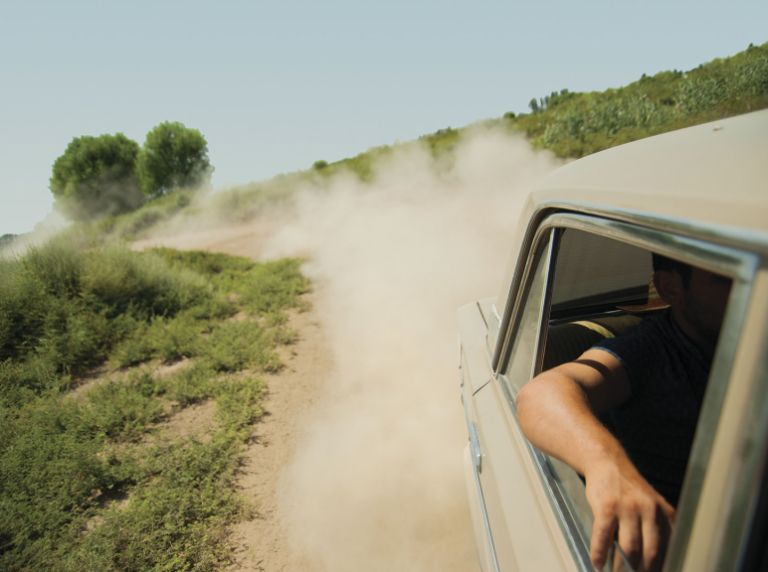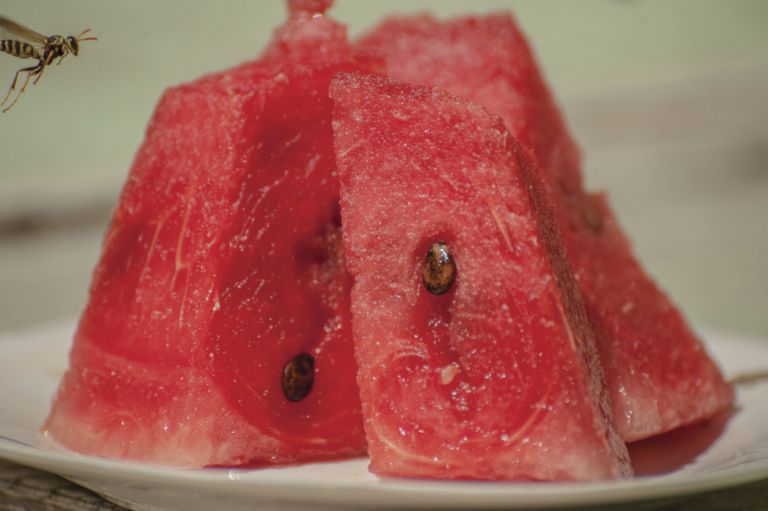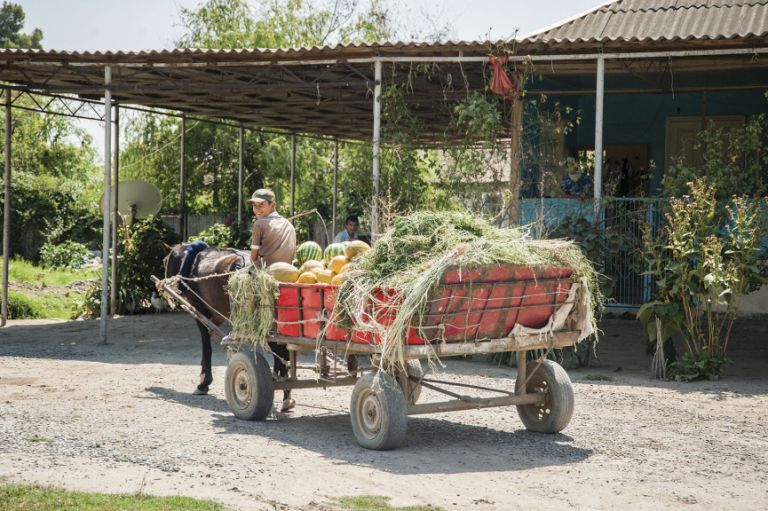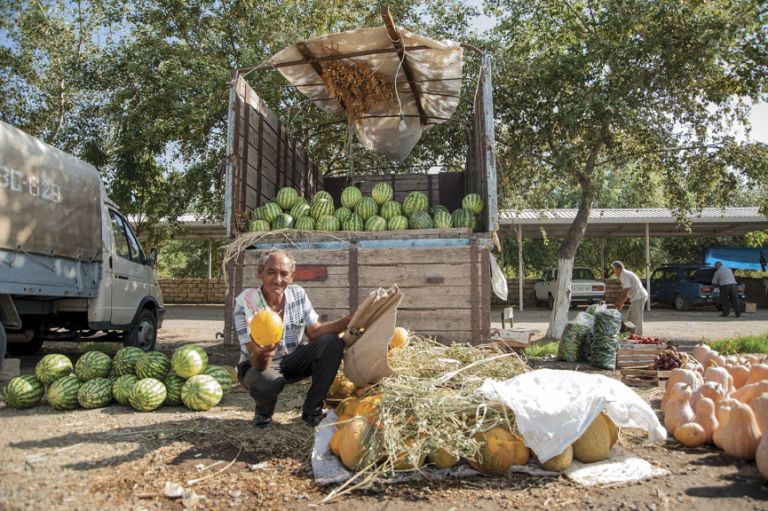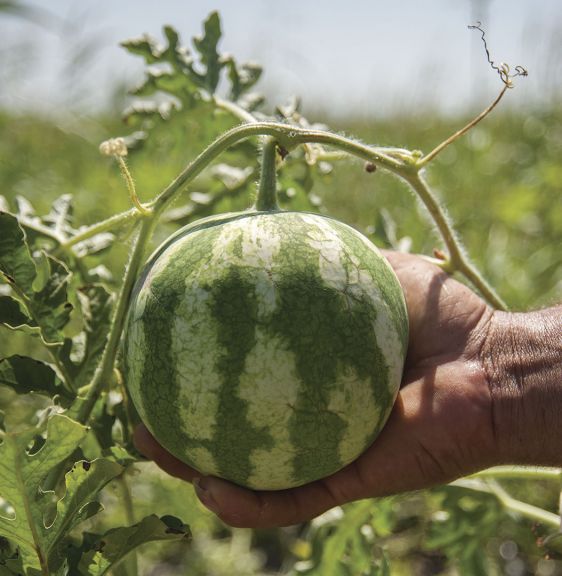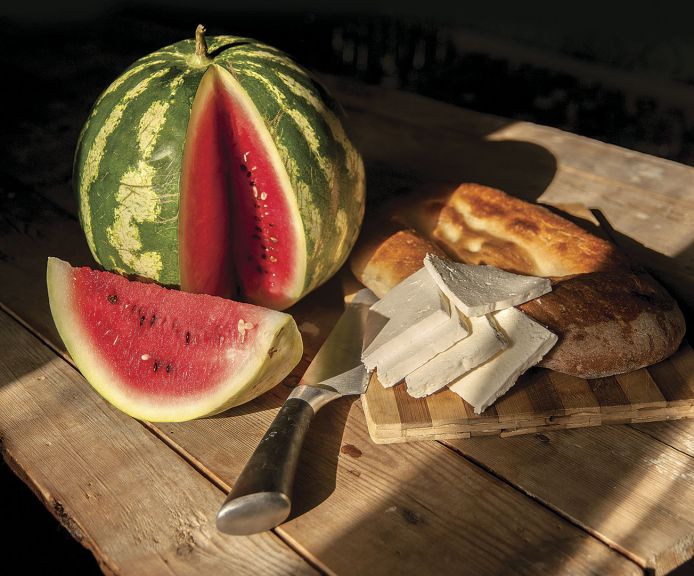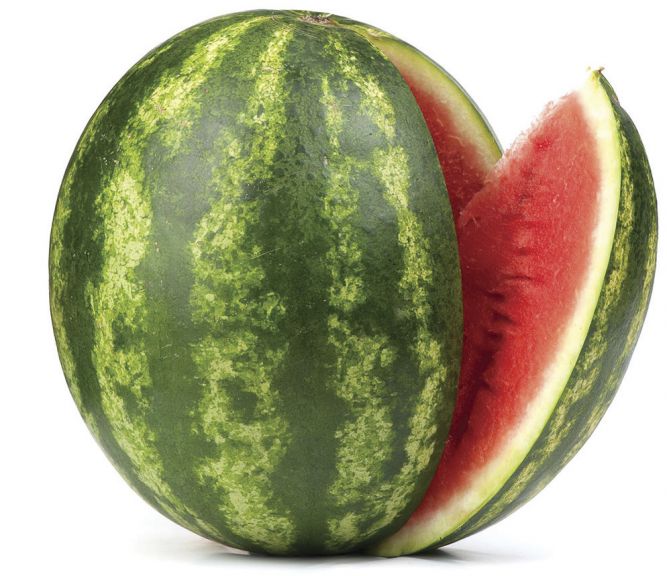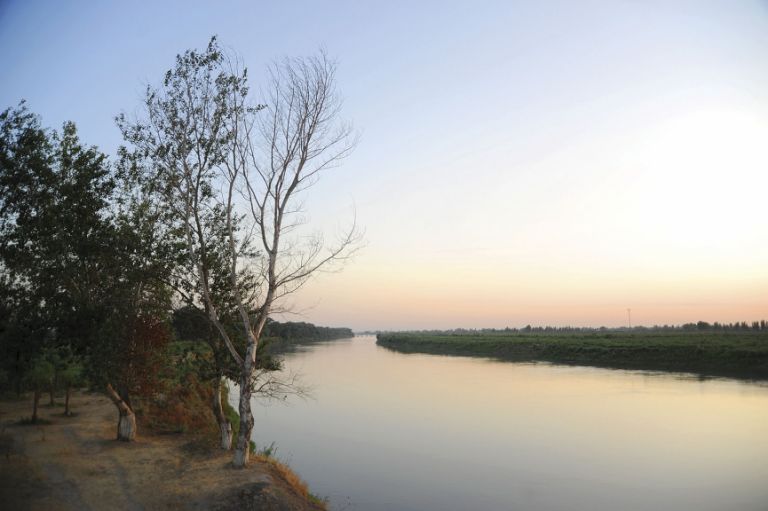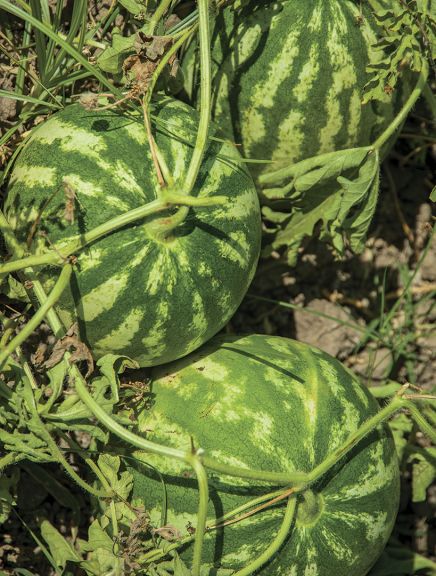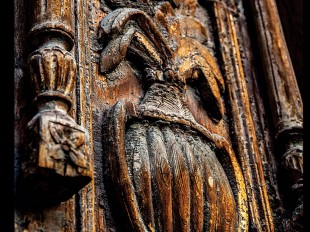Summer, delicious white cheese, warm tandir bread and juicy watermelons - the harmony between these three elements makes for a uniquely Azerbaijani summer treat. Many may have difficulty imagining how this combination might taste, but personally I know that doubters would quickly be won over. I remember well that some friends came to visit Baku from Malaga in Spain one summer and that one day we set off to spend a relaxing day by the Caspian Sea at Mardakan. On the way I bought a huge 12kg watermelon and before long we stopped again to buy some cheese and tandir bread.
Suddenly I heard protests mounting in the car –
Why cheese and bread with watermelon? That sounds very odd.
Yet there was no doubting how we much ate (especially the Spaniards): a kilogramme of cheese, three portions of tandir bread and an entire watermelon. Sure enough they confessed – it was one of the most delicious trios they had ever tasted.
In Azerbaijan, we like to buy our watermelons from the central Aran zone, especially from the Sabirabad area because this region is renowned for producing the most delicious and juicy melons. The main reasons for this are the soil, the heat and the water from the Kura river running across the fields in neatly dug narrow trenches. There are even watermelon specialists that taste the soil and advise on whether or not the field is ripe for growing. The main cultivation period in Azerbaijan runs from July to August and most of the watermelons sold in Baku are from Sabirabad.
Sabirabad is an agricultural city at the junction of the Araz and Kura rivers. It was here last summer that I took my camera one evening and went to see to my friend Vugar, who would help me to find and photograph what I had come to see - the watermelon fields. We planned to go the following day after 5pm because temperatures during the day here reach 38-42°C at the height of summer. The following evening, an old zhiguli taxi drove us from the house to where the adventure began. On the way we passed through the city of Sabirabad where plenty of watermelon sellers were trading from the backs of large lorries. An old man suggested I photograph him with his harvest and promised to give me a melon, which sounded like a good arrangement so of course I agreed (see photo overleaf).
We then drove along a dusty, winding road until the driver came to a sudden stop in the empty steppe and said – now we have to walk a little. A rustic horse-drawn cart approached full of melons and watermelons, accompanied by a cheerful farmer, who didn’t shy away from being photographed with his harvest either. The farmer explained that this was the best way to transport the produce from the field to houses or the bazaar. When the road came to an end we continued on foot through the field, which had been watered perhaps only three or four hours ago. The soil was therefore extremely soft and to our surprise small watermelons appeared under our feet - little round balls that I was conscious not to damage.
The field belonged to a close friend of our driver and finally we reached an area where the watermelons were much larger and clearly ready to gather and sell. Our driver brandished a knife from his pocket, smiled at me and said:
I couldn’t forget to bring this amazing thing - to eat fresh watermelon in the field is a real treat.
Initially I refused to eat because it was piping hot and these watermelons had been lying here under the sun throughout the day. But all the same he started cutting it up into slices and handed me a big chunk. I tasted it…
Wow. Delicious. Sweet, crunchy and cool. How could this be? Under the burning sun but cool? The driver explained that this was always the case – cut a watermelon which has been baking in the sun and it will be as cool as one kept in a refrigerator. I was so shocked that I ate a whole 5 or 6kg watermelon to myself, leaving me very full with sticky mouth and hands. I had come to take photos but my appetite had gotten the better of me. A nearby ditch allowed me to wash my hands and face and I quickly reverted to the original task - taking photos. Fortunately there was still time afterwards to secure two more watermelons for the journey home.
On the return leg I asked our driver to stop at a shop where I was determined to buy some cheese and tandir bread. It was here that I had an idea: to compose a final shot at a house in Sabirabad, so I found a suitable location with a picturesque old table, but the procedure took me longer than usual as I found myself distracted by the urge to eat rather than photograph this tasty trio. It was a productive end to an interesting day, the main achievement of which was to taste the most ‘original’ of watermelons.
I want of course to thank Vugar and our taxi driver for their help!
The final thing to mention is the importance of supporting and developing the Azerbaijani watermelon business; the country has the ideal conditions to become a leading regional watermelon producer in the future.